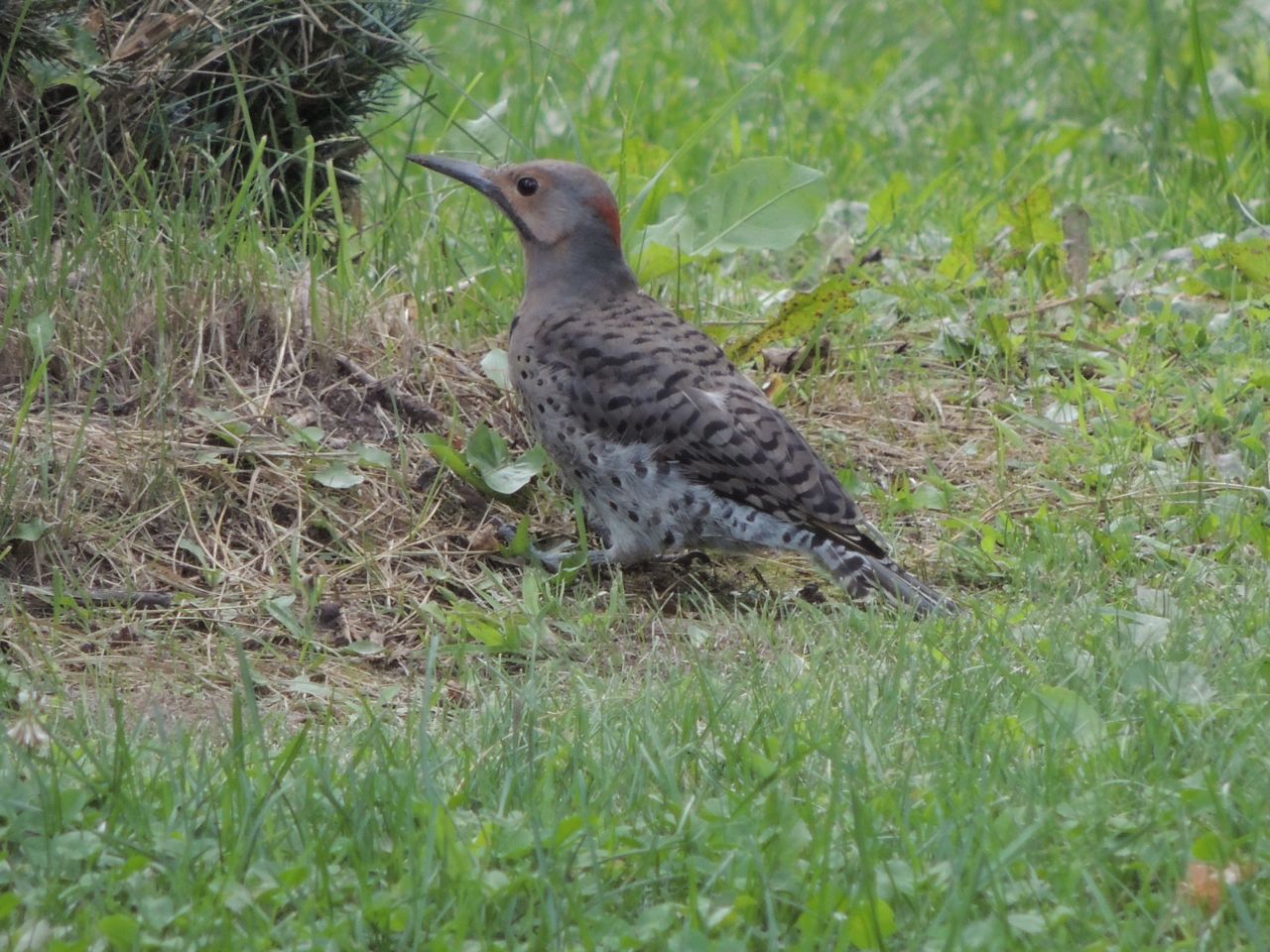30 March 2014. Vinemount ON. Over the last 24 hours a large and dirty storm swept from west to east passing just south of us. For us, the day dawned clear and bright, but listening to National Public Radio from northern New York State I heard countless messages about the storm: its impact, its duration and worst of all how much snow it was expected to leave behind. I could see the large bank of clouds from where I went exploring, but then suddenly realized that I was driving on roads covered in wet snow, recently fallen snow too. So that storm had come closer than I’d realized, missing my happy town by a dozen kilometers at most.
The birding in this sloppy snow landscape was dismal and my interest soon waned. Horned Larks stood out against the white fields, a disconsolate group of five Tundra Swans squatted on the ice crust of a flooded expanse and a solitary Eastern Meadowlark, perhaps the same one from nine days ago, watched from the top of a hawthorn several yards from the road.
Just when I’d decided that it was time to head home, I caught sight of a Northern Flicker flying overhead. It was the yellow of its under-wings that gave it away and it set me thinking of how we distinguish between two colour forms of Northern Flicker, the Yellow-shafted of the eastern half of the continent and the Red-shafted of the west. It’s easy enough for us in the east, but the two forms interbreed over much of the middle of the continent causing some confusion for those to whom it matters.
Their call is so distinctive and carries a long way, so hearing one usually comes long before seeing the first flicker of spring. But today from among of the remnants of a wet winter storm I saw my first flicker of the year and for the pleasure of that sighting. it was clearly My Bird of the Day.
